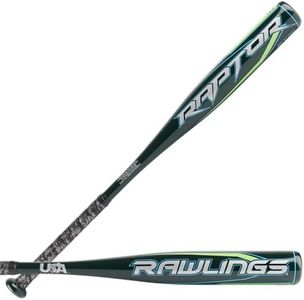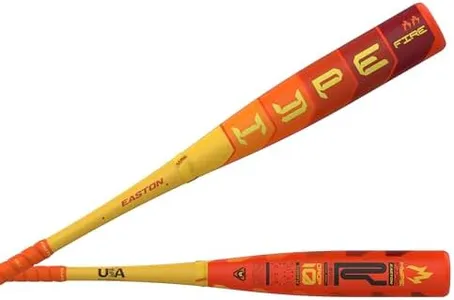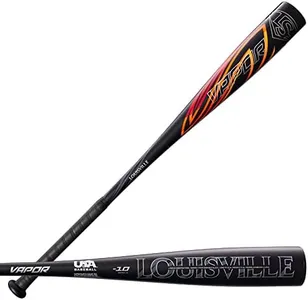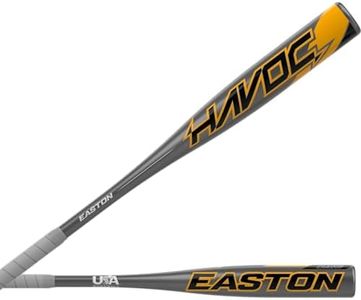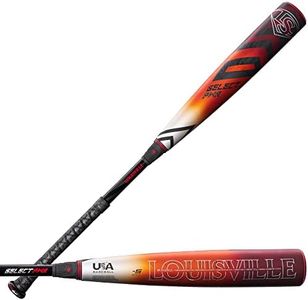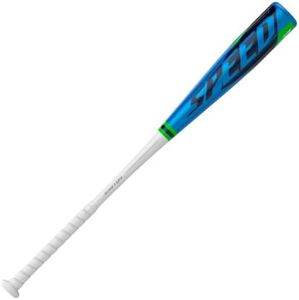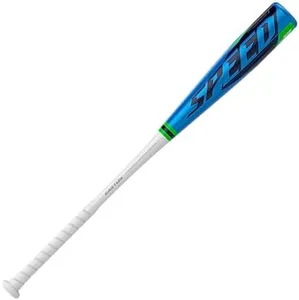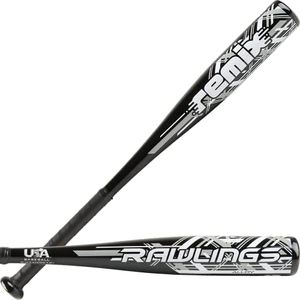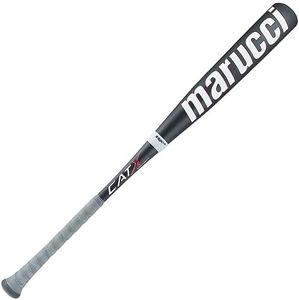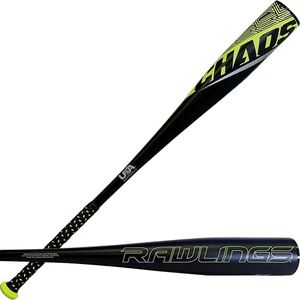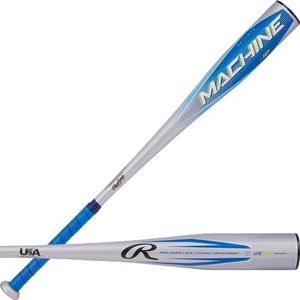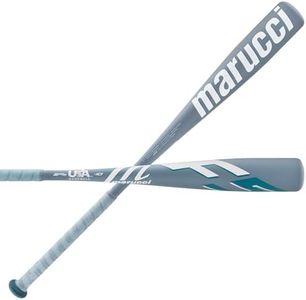We Use CookiesWe use cookies to enhance the security, performance,
functionality and for analytical and promotional activities. By continuing to browse this site you
are agreeing to our privacy policy
10 Best Youth Baseball Bats
From leading brands and best sellers available on the web.Buying Guide for the Best Youth Baseball Bats
Choosing the right youth baseball bat can make a big difference for a young player's confidence and skill development. It's important to look for a bat that matches the player’s age, size, and ability, ensuring that it feels comfortable in their hands and is easy to swing. A suitable bat helps players learn proper technique, avoid bad habits, and have more fun playing the game. Focusing on the main specifications will help you make a smart, informed choice.LengthLength refers to how long the bat is from end to end. The right length is crucial because a bat that's too long can be hard to control, while a bat that's too short can limit hitting power. Youth bat lengths usually range from 26 to 32 inches. Shorter bats (around 26-28 inches) are good for younger or smaller players, as they’re easier to handle and swing. Longer bats (29 inches and up) may suit taller or older players who have more strength and experience. To pick the right length, consider the player’s height and arm reach. Many shops provide size charts based on the player’s height and weight, which can be a helpful guide.
Weight and Drop WeightWeight is how heavy the bat feels, while 'drop weight' is a baseball term meaning the difference between the bat’s length (in inches) and its weight (in ounces). For example, a bat that's 30 inches long and weighs 20 ounces has a drop weight of -10. Lighter bats (larger negative drop weights, like -12 or -13) are easier to swing quickly, making them suitable for players just starting out or those who aren't very strong. Heavier bats (smaller negative drop weights, like -8 or -9) can deliver more hitting power but require more strength to swing effectively. It's key to find a weight and drop weight where the young player can control the bat and swing with confidence, focusing more on contact and mechanics than raw power.
Barrel DiameterBarrel diameter is the width of the thickest part of the bat that makes contact with the ball. For youth baseball, common barrel sizes are 2 1/4 inches and 2 5/8 inches. Smaller barrels (2 1/4 inches) are generally lighter and easier for younger players to swing, while larger barrels (2 5/8 inches) give a bigger 'sweet spot,' making it easier to hit the ball solidly but might add a bit more weight. Most leagues have rules about allowable barrel size, so always check your league’s requirements before choosing. Pick a barrel size that fits your player’s league rules and feels comfortable during practice swings.
MaterialThe material of a youth baseball bat can be either aluminum/alloy or composite. Aluminum bats are familiar, durable, and usually less expensive. They offer a good mix of performance and are ready to use out of the box (no break-in needed). Composite bats are made from layered materials, often reducing vibrations and having a larger sweet spot, but may require break-in time to reach peak performance. They're typically lighter too. Some bats are hybrids, combining both materials. For most youth players, aluminum bats are straightforward and dependable, while composite bats are worth considering for players seeking lighter swing weight or improved feel.
League CertificationDifferent youth baseball leagues have strict rules on which bats are permitted, including required stamps or certifications such as USA Baseball or USSSA. USA Baseball certification is common in Little League and many recreational leagues, while USSSA-certified bats are often used in travel ball. Each certification ensures the bat meets performance and safety standards set by the league. Always check with your league or coach to see which certification you need before buying, as using the wrong kind of bat may not be allowed in games.
Grip and ComfortThe grip refers to the texture and material of the handle where the batter holds the bat. Comfort in grip affects swing control, reduces hand sting, and can boost confidence at the plate. Most youth bats have a cushioned or tacky grip to help prevent slipping and absorb some shock on mishits. Pay attention to how the bat feels when held and swung. If possible, try different grip thicknesses or materials to see what feels best for the player’s hands, especially if they’re prone to blisters or discomfort.
